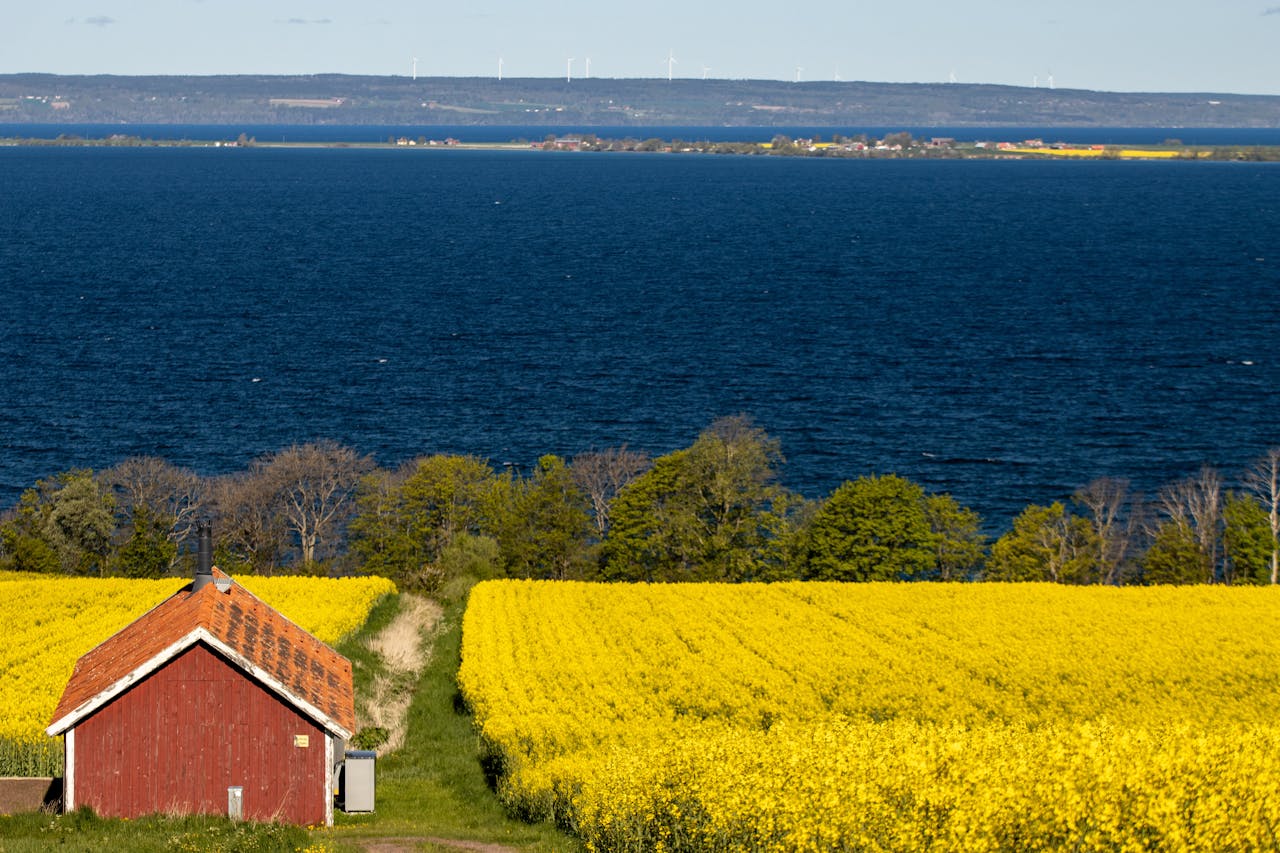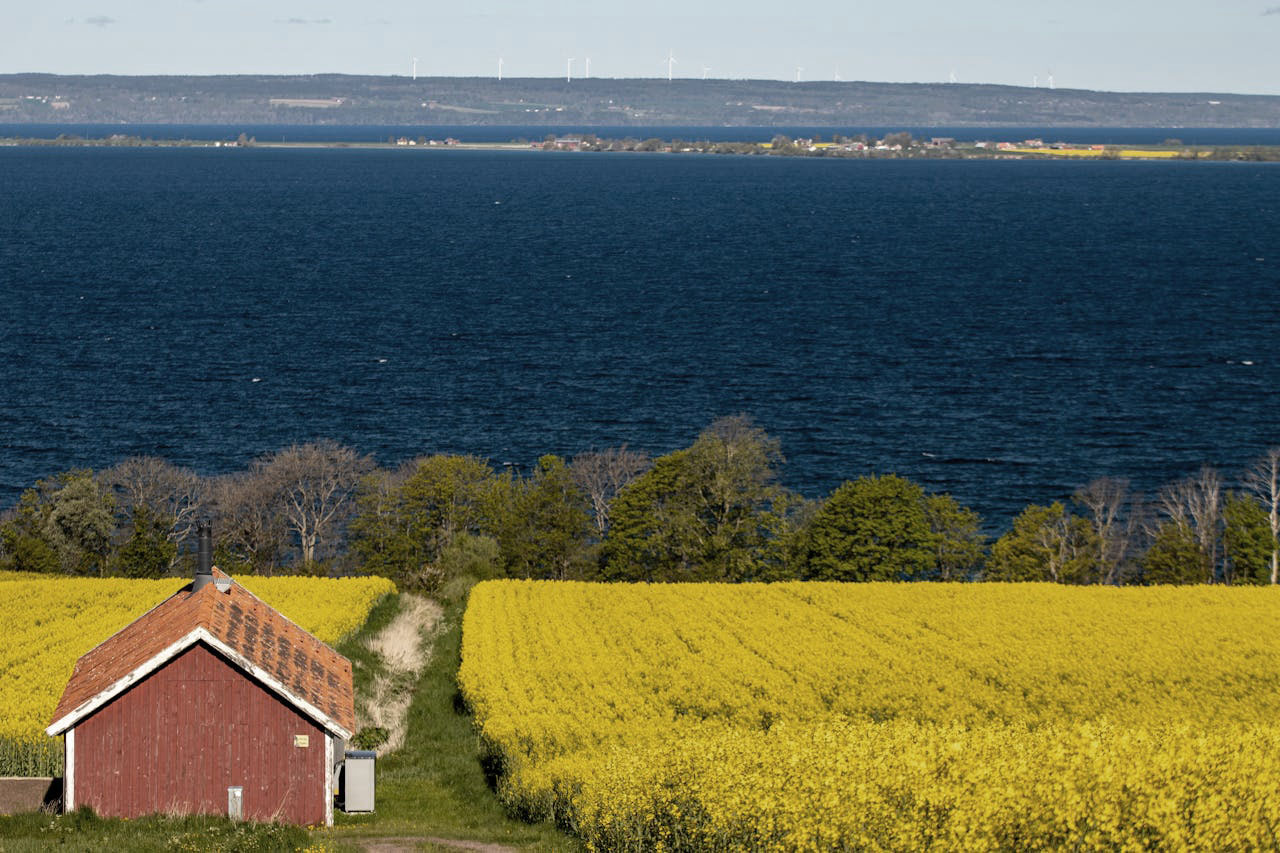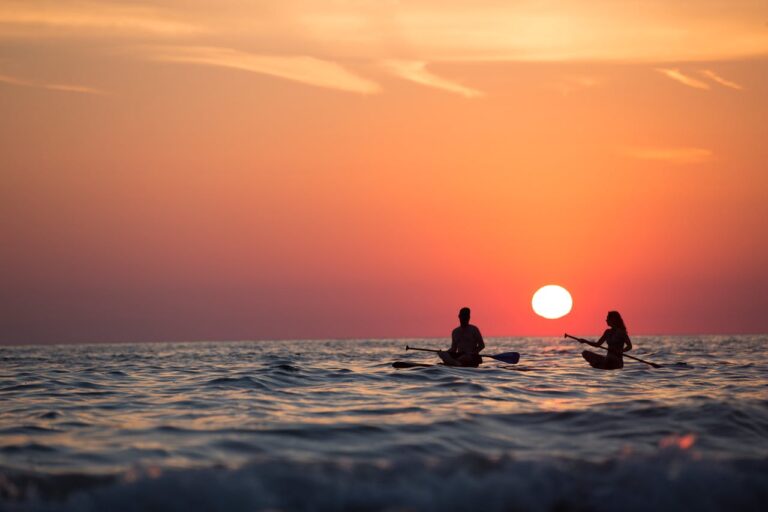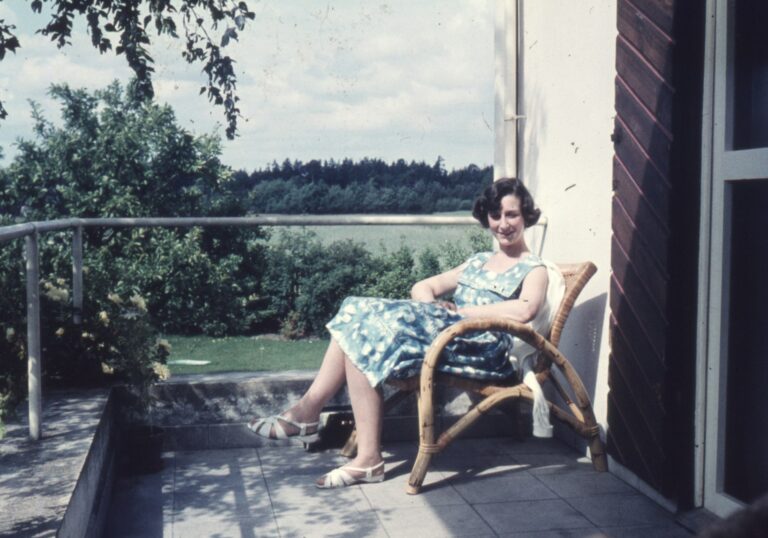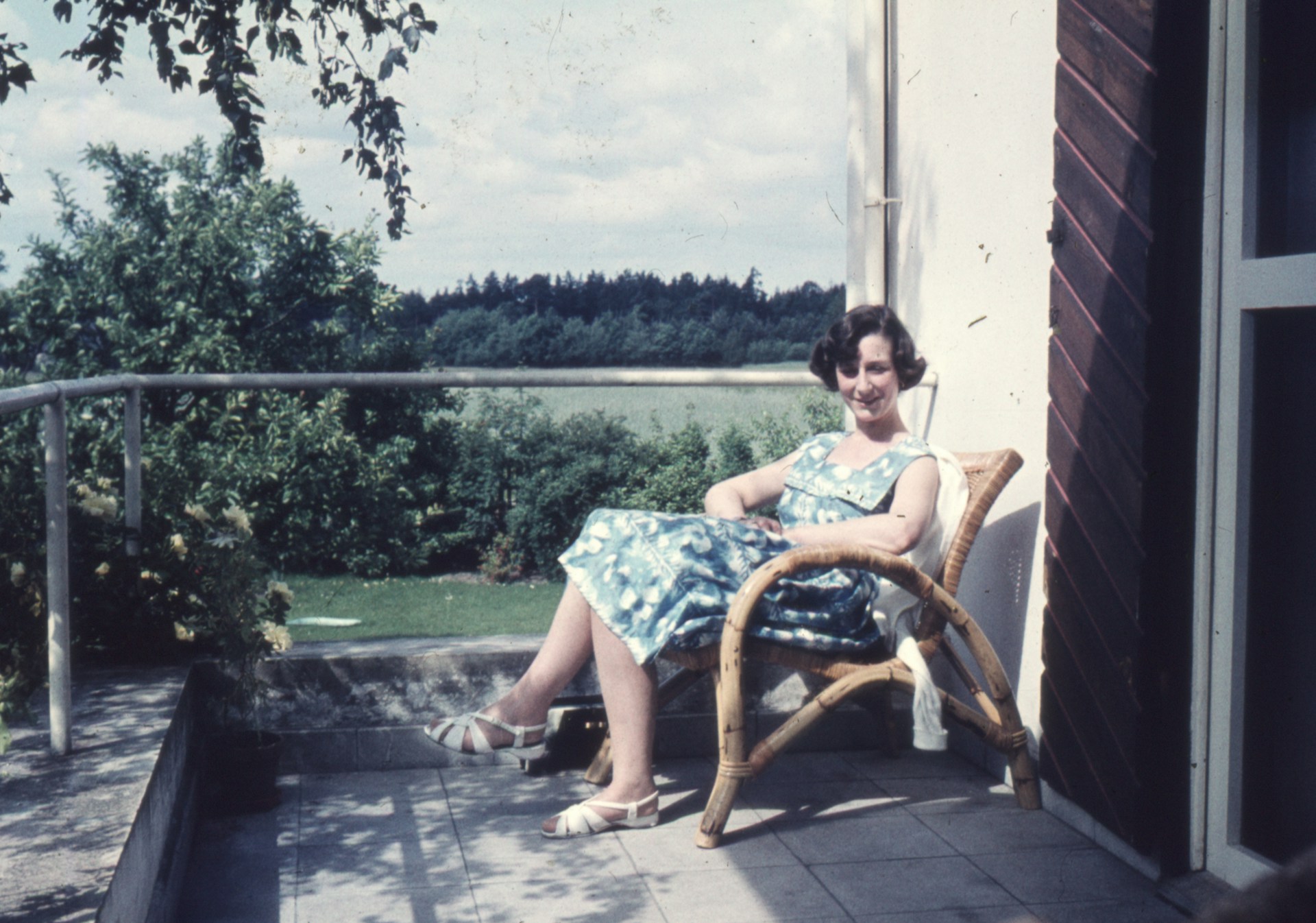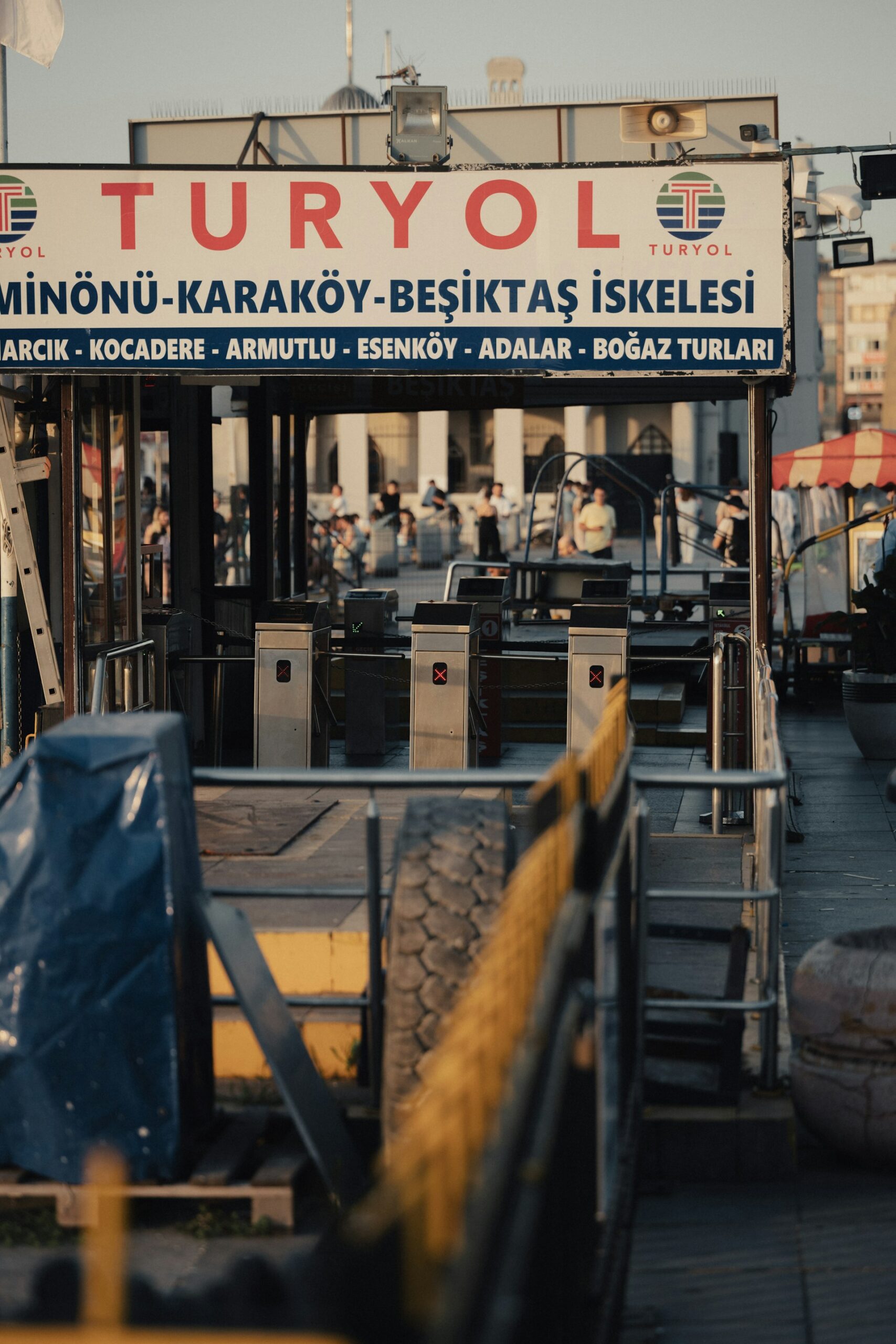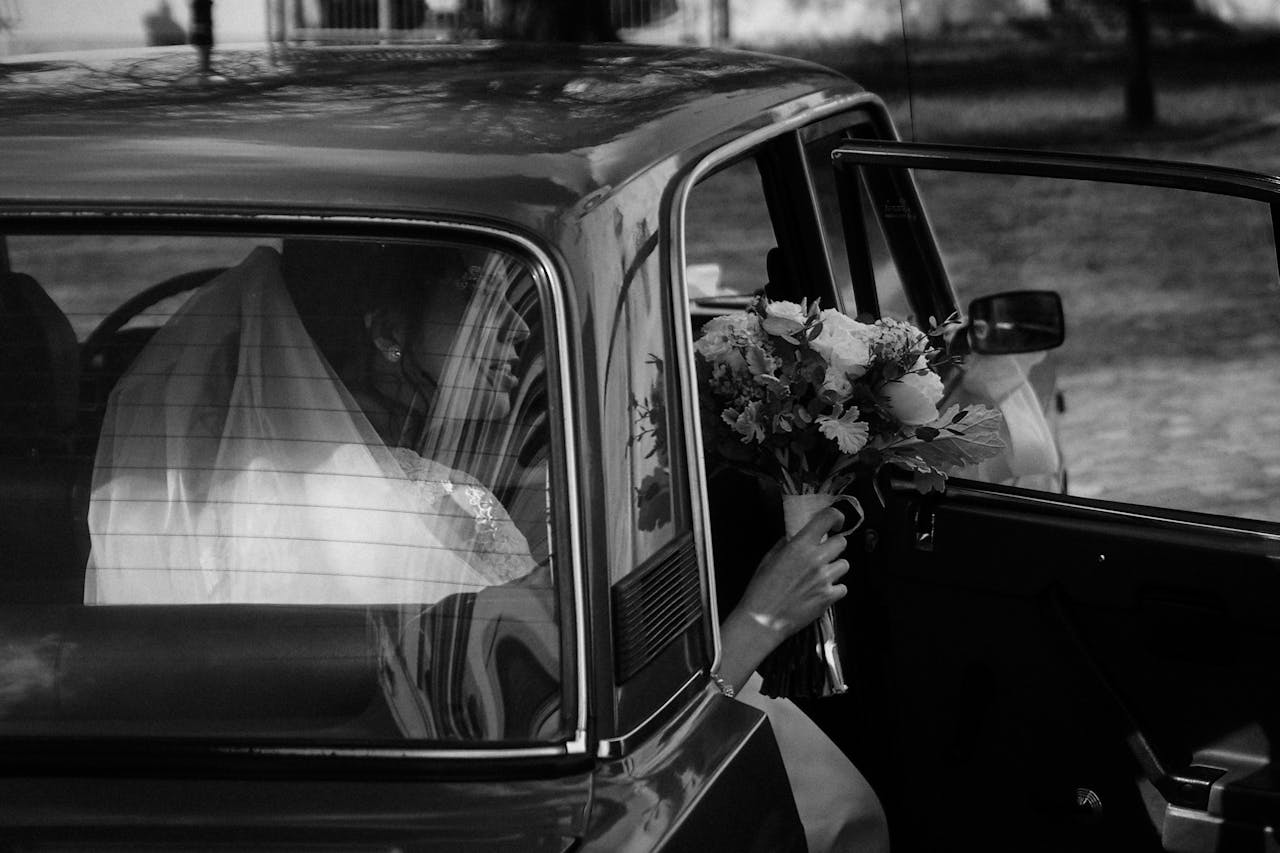Color Correction
Making Colors More Vibrant
- Saturation is the tool that controls color vibrancy
- Imagine: Like adding color to black and white photos
- Find "Vibrance" slider, drag right (+10 to +30)
- Why use "Vibrance": It protects skin tones from looking strange
- Regular "Saturation" works too, but be careful with portraits
- After adjustment: flowers redder, sky bluer, grass greener
- Landscape photos: Usually can increase vibrancy
- Flower photos: Moderate increase makes flowers more beautiful
- Portrait photos: Be careful, don't make skin tones look strange
- Cloudy day photos: Usually need a bit more vibrancy
- Adjust little by little, increase gradually
- If colors look fake, you've overdone it
- Pay special attention to skin tones in portraits
- Remember: Natural beauty is more important than vibrancy
Adding Mood with Colors
- Like dressing photos in different colored “clothes”
- For warmth: Add orange to highlights in "Split Toning"
- For coolness: Add blue to shadows in "Split Toning"
- For vintage: Lower saturation, slightly warmer overall
- Remember: Subtle adjustments have big effects
- Japanese fresh: Overall bright, lighter colors
- Cinematic: Orange skin tones with blue backgrounds
- Vintage film: Lower vibrancy, add warm tones
- Modern fashion: Strong contrast, cooler colors
- Family photos: Use warm tones for intimacy
- Landscape photos: Choose tones based on season
- Portrait photos: Warm tones usually more appealing
- When unsure: Keep it natural
Making Multiple Photos Match
- Social media: Multiple photos look more coordinated
- Making albums: Unified style looks better
- Same event photos: Consistent colors look more professional
- Like coordinating outfits
- Choose the best-looking photo as standard
- Adjust other photos to match this one
- Main adjustments: brightness, color temperature, vibrancy
- Make all photos look like a series
- First adjust one photo well
- Copy this photo's settings
- Paste to other similar photos
- Fine-tune each photo individually
- Travel photos: Unify style across all photos
- Event documentation: Maintain consistent overall tone
- Product photography: Ensure accurate colors
- Portrait series: Unify skin tones and background colors
Creative Color Grading
- Based on content: Warm for portraits, seasonal for landscapes
- Based on purpose: Trendy for social media, cozy for family
- Based on preference: Find your own style
- Reference trends: But don't blindly follow
- Monochrome challenge: Use only one color family
- Complementary colors: Use contrasting colors for visual impact
- Gradient effects: Transition from one color to another
- Zone coloring: Different tones for different photo areas
- Create your own presets
- Record adjustment parameters
- Build personal color library
- Share your discoveries with friends
